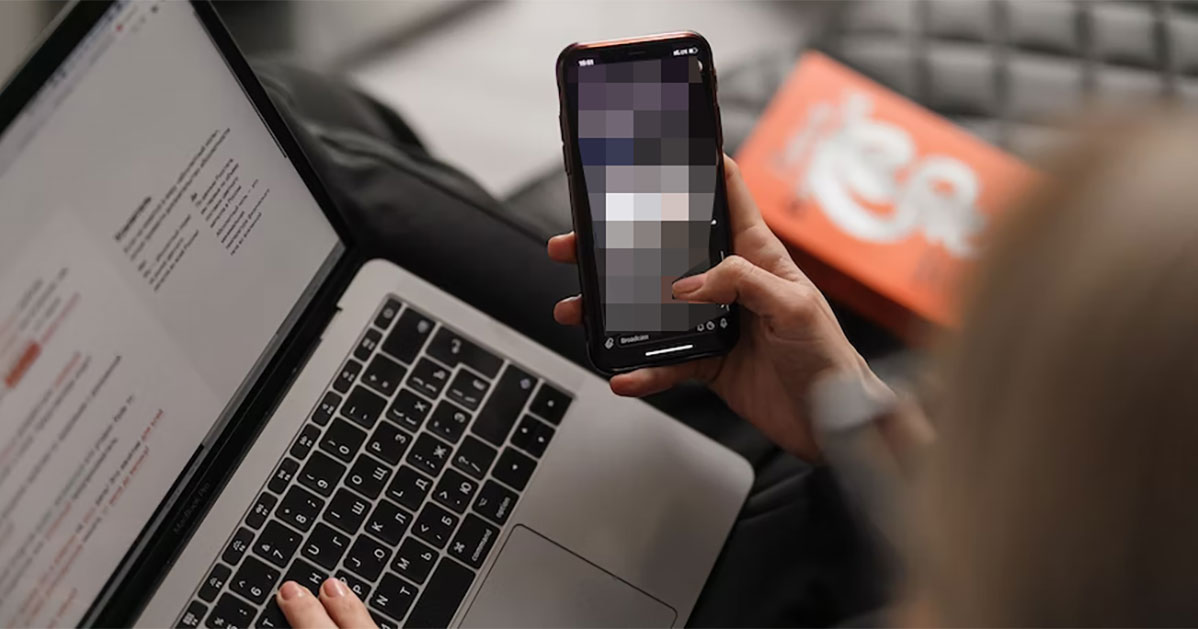Ransomware Attacks: Don’t Let Your Guard Down
A recent report from blockchain data company Chainalysis shows that extortion payments for ransomware declined significantly in 2022. The decrease is attributed to the disruption of major ransomware gangs, a weakening in crypto values, and organizations finally stepping up their cybersecurity practices. According to U.S. Deputy Attorney General Lisa Monaco, the industry has pivoted “to a posture where we’re on our front foot.” Based on her view, companies are more focused on making sure they’re doing everything to prevent attacks in the first place and invest in business continuity and backup software that allow computer systems to restart after they have been infected. Does this mean we can refocus on other attack vectors and tactics?
Not so fast. A quick Google ransomware search under ‘News’ will reveal plenty of recent high-profile attacks on Dole, the City of Oakland, and Regal Medical Group and illustrate that even if ransomware appears to be slowing down, organizations cannot let their guards down.
History has shown that cyber adversaries are often adjusting their tactics and techniques to account for evolutions of their victims’ defense strategies before starting a new wave of attacks. For instance, threat actors have shifted from just infecting systems with ransomware to multi-faceted extortion where they steal data and threaten to release it to the public or even sell it. In those cases, traditional ransomware defense tools are less effective.
And while organizations might try to limit their risk exposure to these extortion schemes by taking out cybersecurity insurance policies, going forward this approach might no longer prove efficient. As insurers like Lloyds continue to add restrictions on payouts, including excluding losses related to state-backed cyber-attackers, fewer companies will be able to rely on cybersecurity insurance to mitigate catastrophic risk. Instead, companies need to increase their ransomware preparedness. This is especially true for the recovery of endpoints, which represent an essential tool for remote workers to conduct business in today’s work-from-anywhere environment. In this context cyber resiliency plays an important role,…



 2
2